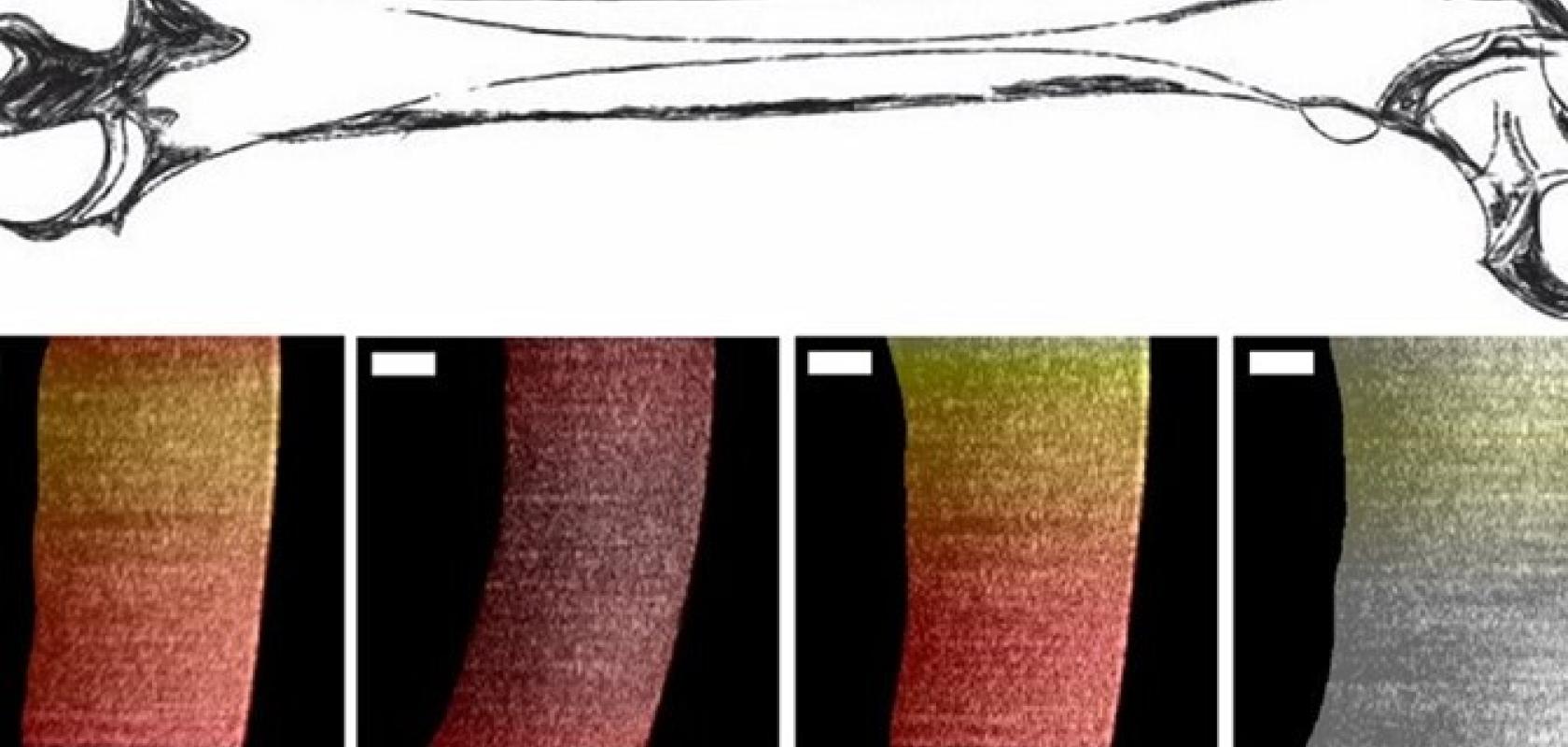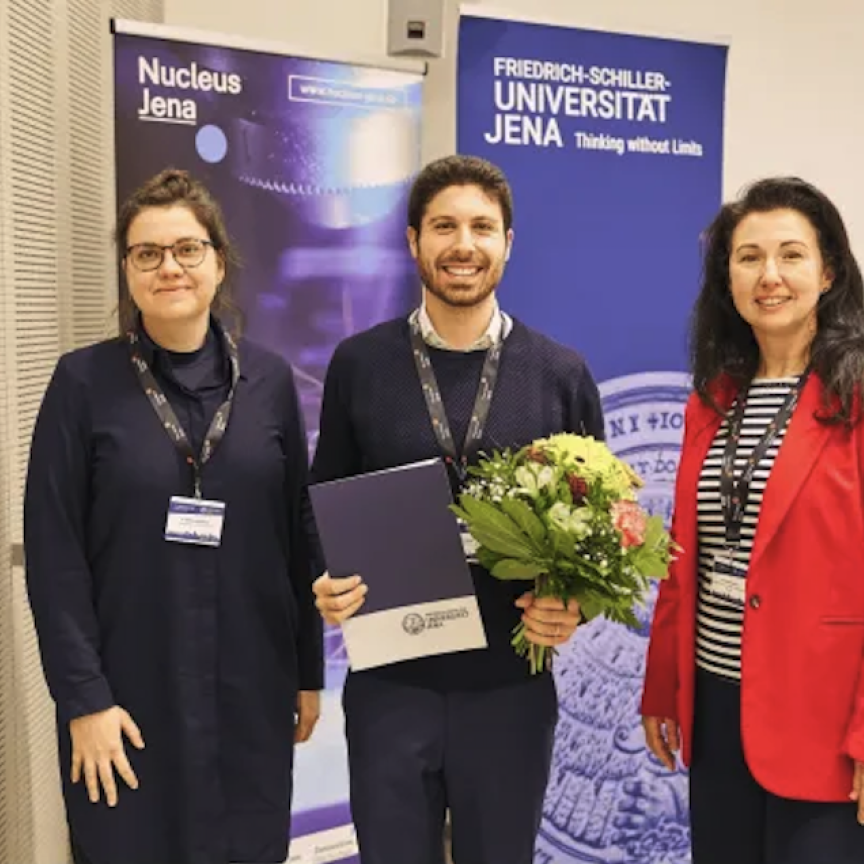Researchers have developed a way to perform optical coherence tomography (OCT) in hard-to-reach areas of the body such as joints. The advance could help bring this high-resolution biomedical imaging technique to new surgical and medical applications.
OCT can image structures measured in microns, making it ideal for seeing subtle changes in tissue that might indicate disease or damage. Although OCT is now the standard of care in ophthalmology, making a high-quality OCT instrument compact enough for use inside the body has been challenging.
In The Optical Society (OSA) journal Optics Letters, researchers from Duke University report how they used a rigid borescope – essentially a thin tube of lenses – to deliver the infrared light necessary to perform OCT. Measuring just four millimetres in diameter, the borescope makes the beam delivery portion of the device very slim without sacrificing imaging performance.
‘We saw a need for OCT image guidance in arthroscopic surgery, a minimally invasive procedure that uses an endoscope to address joint damage,’ said research team leader Evan Jelly. ‘We took the low-cost OCT imaging platform we previously developed and adapted it to meet the requirements of this application.’
The Duke University team had previously developed OCT systems that are a fraction of the cost of traditional models. To make an OCT system that could be used to assess the health of cartilage in a joint, the researchers created an endoscopic delivery system that uses a prototype rigid borescope to relay the image from the tissue to a fibre optic connection. The instrument’s narrow front viewing section allows it to reach structures and cavities that aren’t accessible with the larger portion of the device that scans the patient.
The team designed the endoscopic OCT instrument to provide real-time quantitative information on cartilage thickness without requiring the doctor to cut or damage the tissue. This type of analysis is important for painful joint conditions such as osteoarthritis, which develop when cartilage wears down and becomes thinner.
The researchers tested their OCT instrument by using it to measure the thickness of cartilage in pig knees. Because pig cartilage is similar to that of humans, this provided a preliminary idea of how the device would perform in humans. The system was able to accurately identify the bone-cartilage interface for samples that were less than 1.1 millimetres thick.
With further development, the device could one day allow clinicians to offer less invasive treatment of joint problems. However, first the researchers must show that it can image thicker samples since human cartilage is slightly thicker than pig cartilage. They also want to further improve the ergonomics for use during surgery.
‘By developing a new portable, low-cost version of OCT, we show that the success of this imaging approach will no longer be limited to ophthalmology applications,’ said Jelly. ‘With some engineering expertise, this OCT platform can be adapted to fit a wide range of clinical needs.’


